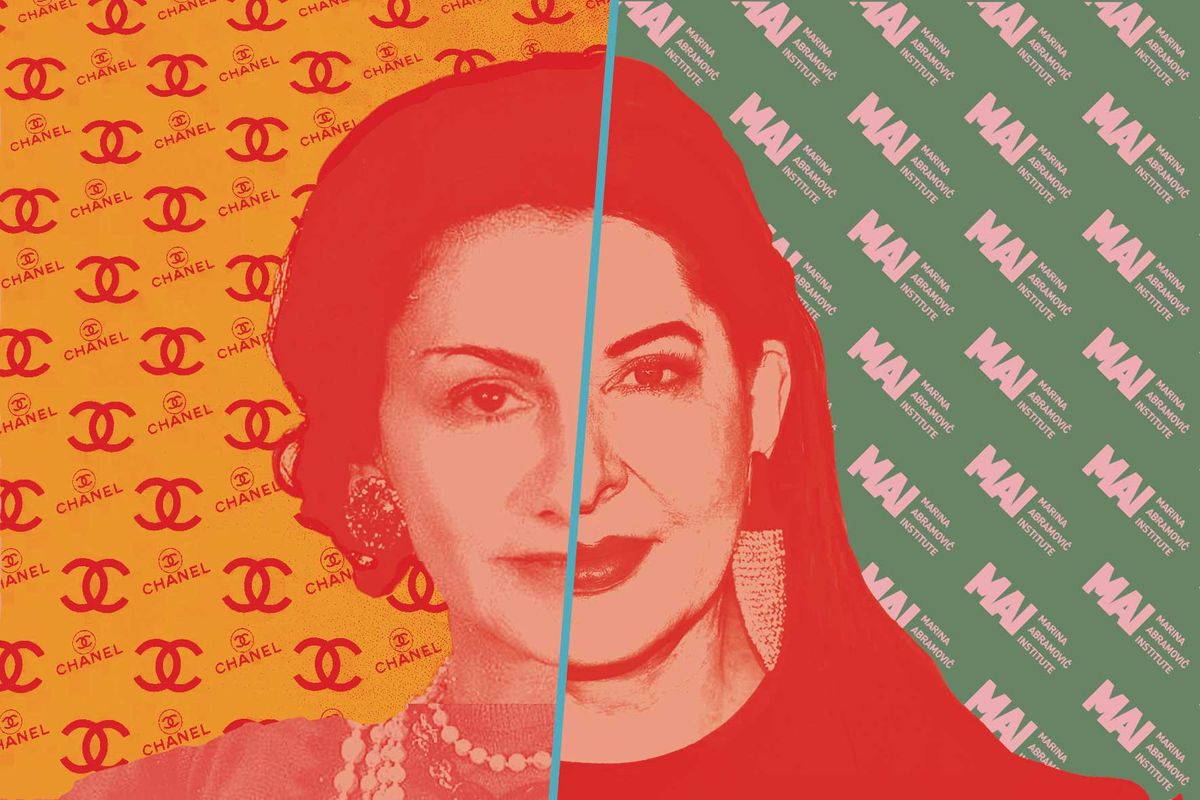The art world is no stranger to blockbusters: big, expensive, crowd-pleasing exhibitions that go on world tours and create a kind of mania among art enthusiasts. From The Treasures of Tutankhamun in 1972 to Vermeer at the Rijksmuseum this year, museums have always strived to host the latest must-see show that will have everybody fighting over tickets. The Art Newspaper even captures this information in its annual Visitor Figures survey, to see who comes out on top.
But this summer, it was the blockbusters in cinemas that had tongues wagging: a film for adults about Barbie—a fashion doll that launched in 1959 from the US toy company Mattel—and a biographical thriller about Oppenheimer—a US theoretical physicist who developed the atomic bomb, leading to the world’s first nuclear explosion in 1945.
What tied these two opposing films together was their release date: 21 July. As each film’s marketing teams did battle to become the most visible, social media took up the bizarre portmanteau “Barbenheimer”. It went viral. People began creating memes that combined Barbie’s signature pink aesthetic with Oppenheimer’s visuals of apocalyptic doom. Cinema-goers started planning their back-to-back Barbie-Oppenheimer double feature, and cinemas changed viewing times accordingly. Debates raged about whether one should see Barbie before Oppenheimer (“I’m sorry, do you also eat dessert first?” quipped one TikTok user) or vice versa? This Frankenstein’s monster actually seemed to create even more buzz around both films. Could this kind of online marketing help art blockbusters?
Lighthearted relief
In the Los Angeles Times article “Why Hollywood needs the movie mashup”, the writer Ryan Faughnder argues that the Barbenheimer phenomenon is bolstering the film industry at a difficult time. “The bar for getting people to the movies is higher than ever,” he writes. “That’s why the utter weirdness of something like Barbenheimer taking hold in online culture comes as such a lighthearted relief. At this point, it can’t hurt to make a sport out of movie-going, encouraging fans of one, the other or both to vote with their wallets.”
Museums, too, are struggling. According to The Art Newspaper’s 2022 Visitor Figures, museum-goers in the UK are down 40% from pre-pandemic levels. Team that with slashed budgets and disgruntled staff, and museums, too, could use some lighthearted relief and wallet-voting.
But can you manufacture a campaign like Barbenheimer? Certainly, there are oppositional artists and movements that could easily be paired into a catchy-sounding face off: Rothney (Rothko and Hockney), Monaggio (Monet and Caravaggio), Picaleschi (Picasso and Artemisia Gentileschi). The problem with exhibitions is their geographical limits: what are the chances that one city will have two blockbuster shows that are different enough that you could encourage people to see them back to back and want to make memes about it?
Two fresh London contenders for a portmanteau are Gabrielle Chanel: Fashion Manifesto (until 28 February 2024) at the Victoria and Albert Museum (V&A) and Marina Abramović (opens 23 September) at the Royal Academy of Arts (RA). Chanelović has all the makings of a great showdown: a sweeping survey of one of fashion’s most-loved brands paired with uncomfortable performances that provoke existential questioning.
Uncreative arts marketing
One thing that certainly pushed Barbenheimer to fame is the enormous marketing budgets for both films, particularly Barbie. While the exact budget has not been disclosed, it is not uncommon for big studios to spend more than $100m on marketing for major releases. Both the RA and V&A declined to comment on their marketing budgets for the aforementioned exhibitions—but it is obviously nowhere near Barbie’s figure.
Both museums were also tight-lipped about their marketing plans. A spokesperson for the RA says there will be “a co-ordinated Out of Home [outside] campaign” and “paid social media, as well as special partnerships” alongside other advertising and promotional activity that will be “roughly an equal split between print and digital”. A V&A spokesperson says its campaign is “likely to include advertising on the London underground, rail stations, in print publications and on digital channels”.
But should museums be thinking more experimentally about online promotion? “In terms of art marketing, I think that the commercial arts organisations are sometimes a little ahead of the public museums and institutions,” says Cat Manson, an arts brand and communications consultant. She says that the key to Barbenheimer’s success was its use of humour and wit, which is “quite ‘in’ right now”. Think about the comedic content that the social media guru Adam Koszary brought to the RA or the art memes from the Instagram account Freeze Magazine. “Key to any marketing and communications campaign is what audience are you actually trying to reach—who are you trying to engage? And what creativity or mass appeal tactics can you successfully use while remaining true to the subject matter and avoiding reputational risk?”
Interestingly, the RA mentioned “a combined seasonal marketing approach for Marina Abramović and Impressionists on Paper: Degas to Toulouse-Lautrec”. So perhaps we may see advertising for the Abramovist/Impressionamović double-header yet…


